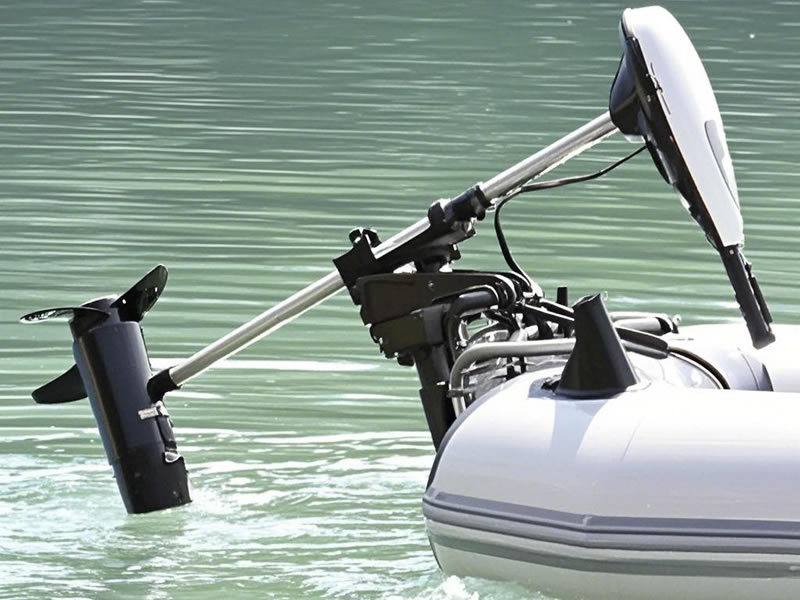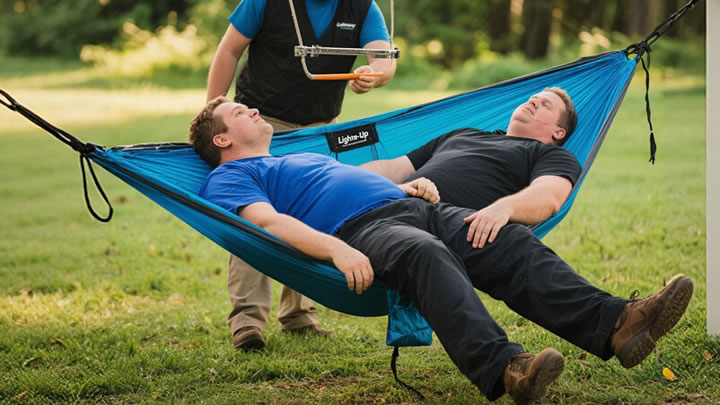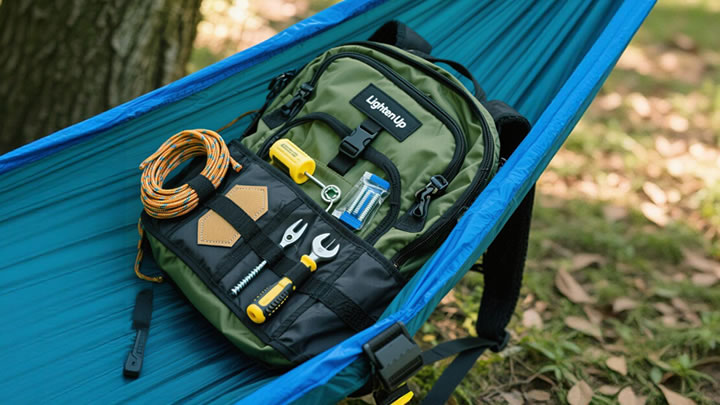12V vs. 24V vs. 36V Trolling Motors: Power Comparison Guide
Choosing the right voltage system for your trolling motor is one of the most important decisions you'll make as a boater. The voltage directly affects your motor's power, runtime, and overall performance on the water. In this comprehensive guide, we'll break down the key differences between 12V, 24V, and 36V trolling motors to help you select the perfect system for your fishing needs.

Understanding Trolling Motor Voltage Basics
Voltage in trolling motors determines:
- Available thrust power (measured in pounds)
- Battery runtime
- Number of required batteries
- Overall system efficiency
Higher voltage systems provide more power with less current draw, resulting in longer runtime and better performance for larger boats.
12V Trolling Motors: Best for Small Boats
Ideal for:
- Kayaks
- Canoes
- Small fishing boats (under 16 feet)
- Lightweight aluminum boats
Power Range: 30-55 lbs thrust
Runtime: 2-4 hours at moderate speeds
Batteries Required: 1 (12V deep cycle)
Pros:
✓ Most affordable option
✓ Lightweight and compact
✓ Simple single-battery setup
✓ Perfect for calm waters and short trips
Cons:
✗ Limited power for larger boats
✗ Shorter runtime compared to higher voltage systems
Best Use Cases: Casual anglers, small watercraft, protected waters
24V Trolling Motors: The Versatile Middle Ground
Ideal for:
- Medium-sized fishing boats (16-20 feet)
- Bass boats
- Moderate current/wind conditions
Power Range: 55-80 lbs thrust
Runtime: 4-6 hours at moderate speeds
Batteries Required: 2 (12V wired in series)
Pros:
✓ Excellent balance of power and runtime
✓ Handles moderate wind/current well
✓ More efficient than 12V systems
✓ Suitable for most freshwater fishing
Cons:
✗ Requires two batteries
✗ Heavier than 12V systems
Best Use Cases: Serious anglers, tournament fishing, larger inland lakes
36V Trolling Motors: Maximum Power Solution
Ideal for:
- Large boats (20+ feet)
- Heavy pontoons
- Saltwater conditions
- Strong currents/tides
Power Range: 80+ lbs thrust
Runtime: 6-8+ hours at moderate speeds
Batteries Required: 3 (12V wired in series)
Pros:
✓ Unmatched power for big boats
✓ Longest runtime
✓ Best performance in tough conditions
✓ Most efficient power delivery
Cons:
✗ Most expensive option
✗ Heavy battery bank
✗ Requires more storage space
Best Use Cases: Professional guides, offshore fishing, heavy boats
Key Comparison Factors
- Boat Size & Weight:Under 1,500 lbs: 12V1,500-3,000 lbs: 24VOver 3,000 lbs: 36V
- Fishing Conditions:Calm lakes: 12VWindy/river conditions: 24V-36VSaltwater: 24V minimum
- Runtime Needs:Half-day trips: 12VFull-day fishing: 24VMulti-day excursions: 36V
Battery Considerations
Lithium vs. Lead-Acid:
- Lithium batteries offer 2-3x longer runtime
- Weigh 50-70% less
- Higher upfront cost but better long-term value
Wiring Configuration:
- Series connection for voltage (24V/36V)
- Parallel connection for amp hours (runtime)
Upgrade Tips
- Consider future boat upgrades when choosing voltage
- Higher voltage systems are more energy efficient
- Lithium batteries can extend runtime by 30-50%
Final Recommendation
For most freshwater anglers with medium-sized boats, a 24V system offers the best balance of power, runtime, and affordability. Small craft owners can save with 12V, while serious saltwater anglers and pontoon owners should invest in 36V power.
Pro Tip: Always buy slightly more thrust than you think you'll need - it's better to have extra power when conditions turn rough!






